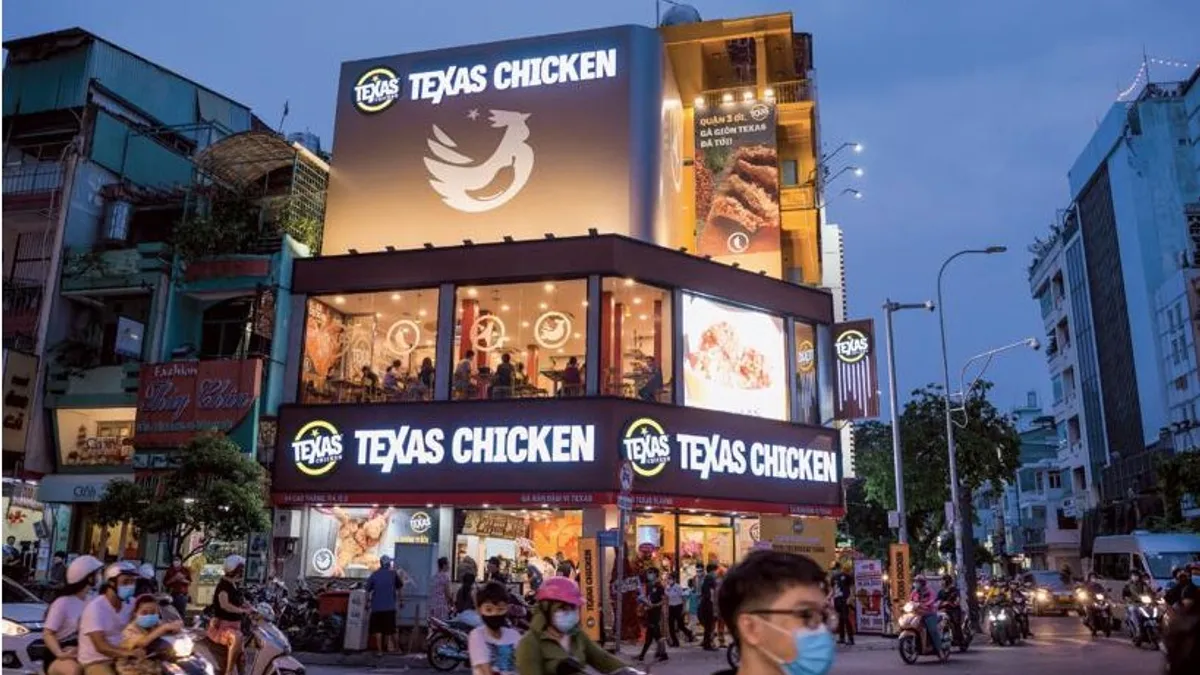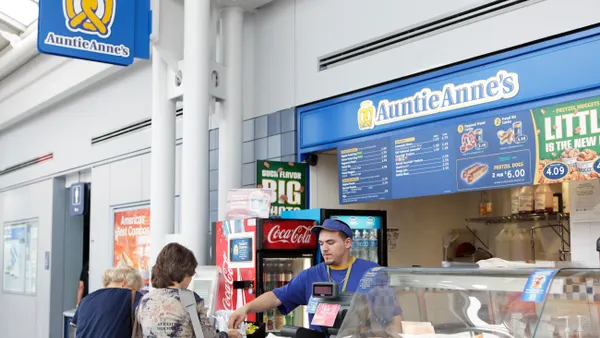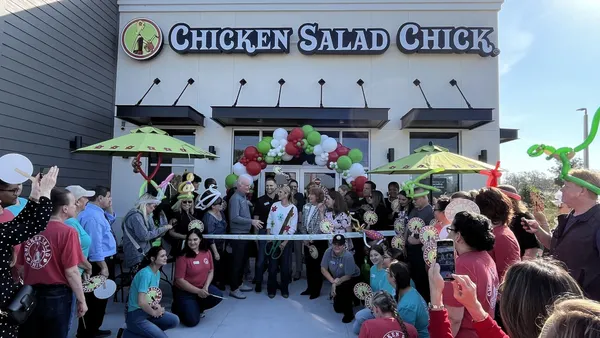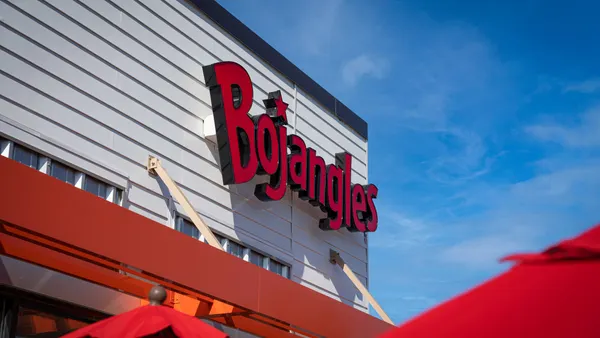Dive Brief:
- Church’s Texas Chicken and Texas Chicken will expand its global footprint by 900 units in the near future, the chain said.
- The company has over 1,400 units in 22 countries, and recently signed multiple development agreements that will bring Texas Chicken to Europe, including an agreement in Germany, and is planning additional units in the United Kingdom, France, Italy and Spain.
- Europe is a key part of the chain’s growth strategy, as growing consumer demand for more convenient options means the market has significant growth potential, CEO Roland Gonzalez said in a statement.
Dive Insight:
The development pipeline for its international brand Texas Chicken will grow the chain’s international presence by more than 50% in the next four years and boost system sales from $1.5 billion to $2 billion by 2028, the company said. In addition to entering Germany, Church’s latest agreements will bring the QSR to Hungary, Georgia, Azerbaijan and Morocco.
The chain opened 60 units in 14 markets worldwide last year, and this year the chain expects to reach positive net unit growth for the first time in years, Gonzalez previously said in an interview with Restaurant Dive. While much of Church’s systemwide growth in the short-term will be international, Gonzalez expects the gap between domestic and international to narrow over time, especially as momentum in the U.S. among new and existing franchisees builds.
Other QSRs are also aiming for strong international growth in significant white space outside of the U.S. Wendy’s wants to open 1,000 units globally within three years with 150 to 200 international units expected to open this year. Restaurant Brands International has a goal of adding 9,000 stores systemwide, reaching 40,000 stores worldwide by 2028. And Yum Brands is planning to roughly triple Taco Bell’s international unit count by 2030.
Church’s sees an untapped demand for chicken around the world, especially since pizza and burgers have had more time to expand, resulting in greater saturation, Gonzalez said. Compared to U.S. customers, international consumers are typically willing to pay a premium for the chicken, while the American consumer focuses on value.
“We have been strategic in our approach around entering new international markets, thoroughly assessing both the needs and benefits that Texas Chicken can provide to potential franchisees and guests,” Eric Hanson, vice president of international development, said in a statement. “Through our research, we discovered an underserved segment of the marketplace that craves affordable, high-quality chicken.”















